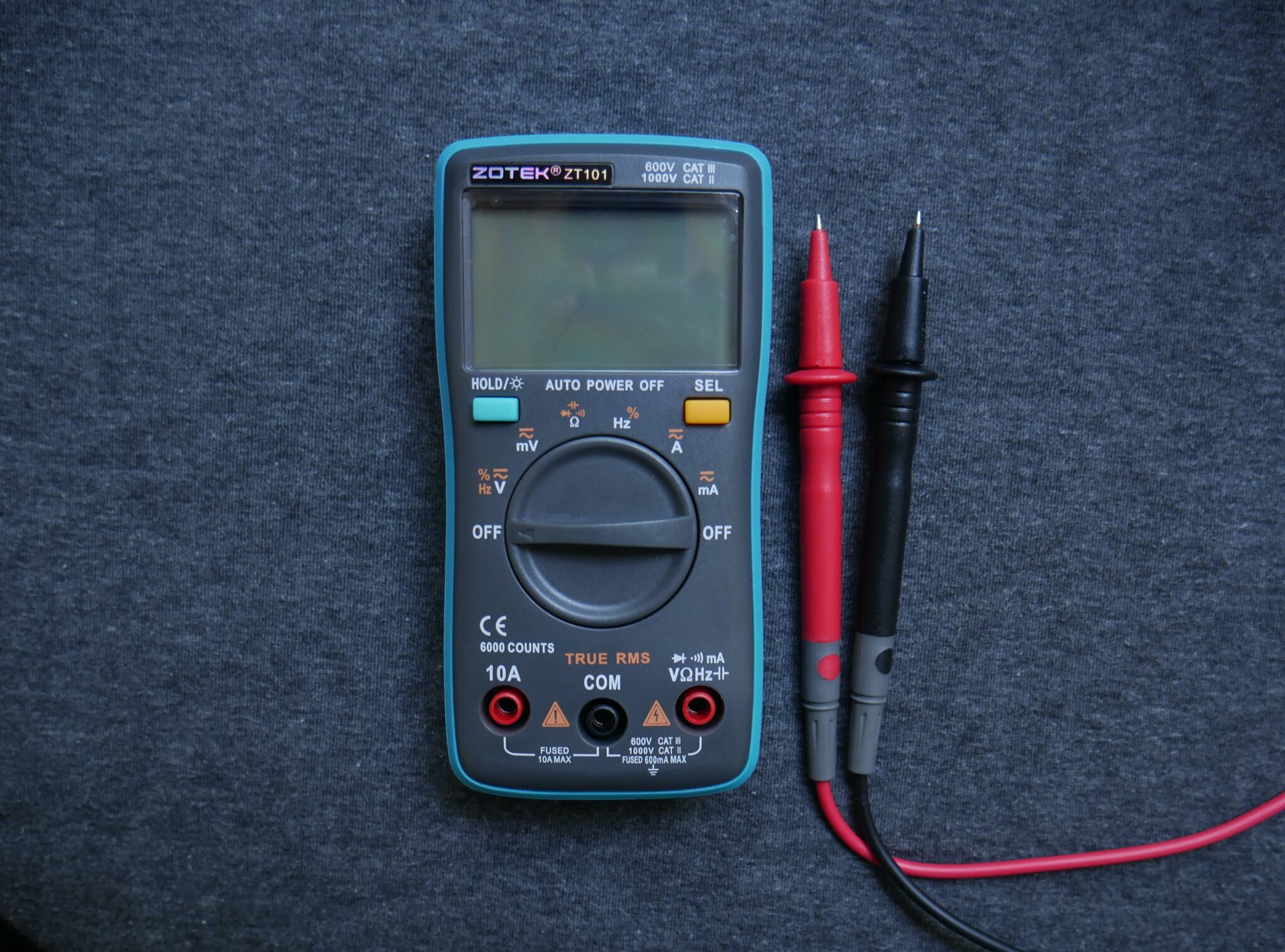SERVICES

System Integration Testing
The goal of SIT is to ensure that all systems or components of a system work correctly when they are integrated and used together. Testing may include interfaces between different systems and end-to-end system functionality.
System integration testing involves assembling different system components logically and cost-effectively while thoroughly testing the execution of the system.
The following testing types are performed once the development requirements are finalized:
Unit testing
System integration testing
System testing
Unit acceptance testing
Why perform System integration testing?
The problems or issues are discovered early, so a significant amount of time and effort can be saved as you do not have to fix those issues at the later development stages. The minimum viable product (MVP) is released only when the system integration testing is validated and passed.
It ensures the software system tends to work seamlessly with other systems.
The required interactions and associations tend to work perfectly.
The required deliverables are moved to acceptance testing once the system integration testing is thoroughly validated.
Make sure that the system assembled for the first time is complete.
The system contains numerous components that can be unit tested independently. As a result, system integration testing helps you to expose and correct errors before the system is handed over to the end users.

With MicroDEV you have a partner with one goal: to get your product designed, build, tested and fast to market.
Solutions
System integration testing, or SIT, is a comprehensive way to test software applications, including the complete system. The system is composed of smaller units of software and hardware. It ensures that the functional and hardware aspects of the software are in complete synchronization.
With this type of testing, the individual modules or components are first tested separately and then tested again once it is combined into a single system.
Unit testing provides you a way to test a unit – the smallest piece of code that can be a function, a method, or even a property. The modern versions of unit testing can be found in popular frameworks such as JUnit or even automated testing tools like LambdaTest.

